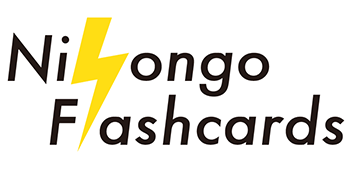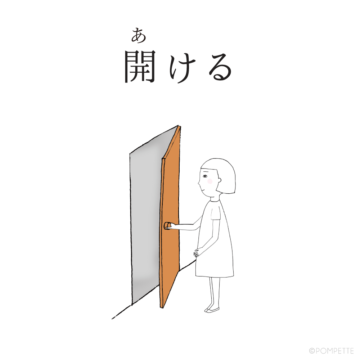【 かぜ薬・kazegusuri 】cold medicine (also written 風邪薬)
「かぜ」 (kaze) means “wind” and the kanji is written「風」. It is also the word for a cold, but the kanji is written「風邪」. Why? There’s no particular reason. It is 当て字 (ateji), a phonetic equivalent (as with many kanji in Japanese), but there is an etymological reason to why a cold is called かぜ.
According to the dictionary, the etymology of かぜ is that the hiragana「か」represents「気」 (ki, active energy) and「ぜ」represents「風」(kaze, wind) — so「かぜ」as one word represents the movement of air, hence representing “wind,” which then diverted into representing “a cold,” an illness transmitted through the air.
– – –
Here are some words and terms that you may see on a box of かぜ薬:
錠剤 (じょうざい jyōzai) = tablets
カプセル剤 (kapuserūzai) = capsules
粉薬 (こなぐすり konagusuri) or 散剤 (さんざい sanzai) = powdered medicine
顆粒剤 (かりゅうざい karyuzai) = granules
–
症状 (しょうじょう) = symptoms
のどの痛み (nodo no itami) = sore throat
せき (seki) = cough
熱 (ねつ netsu) = fever
頭痛 (ずつう zutsu) = headache
鼻水 (はなみず hanamizu) = runny nose
You may often see this type of instruction on the box:
[用法・用量]
1回2カプセル、1日3回食後なるべく30分以内
Let’s make this all into hiragana and katakana:
[ようほう・ようりょう]
1かい 2カプセル、1にち 3かい しょくご なるべく 30ぷん いない
Translation:
[Directions・Dosage]
Take 2 capsules three times a day, preferably within 30 minutes after a meal.
– – –
「お大事に」 (おだいじに odaijini) is a phrase to say, “Take care” or “Get well soon” when someone is sick or isn’t feeling well.
– – –





